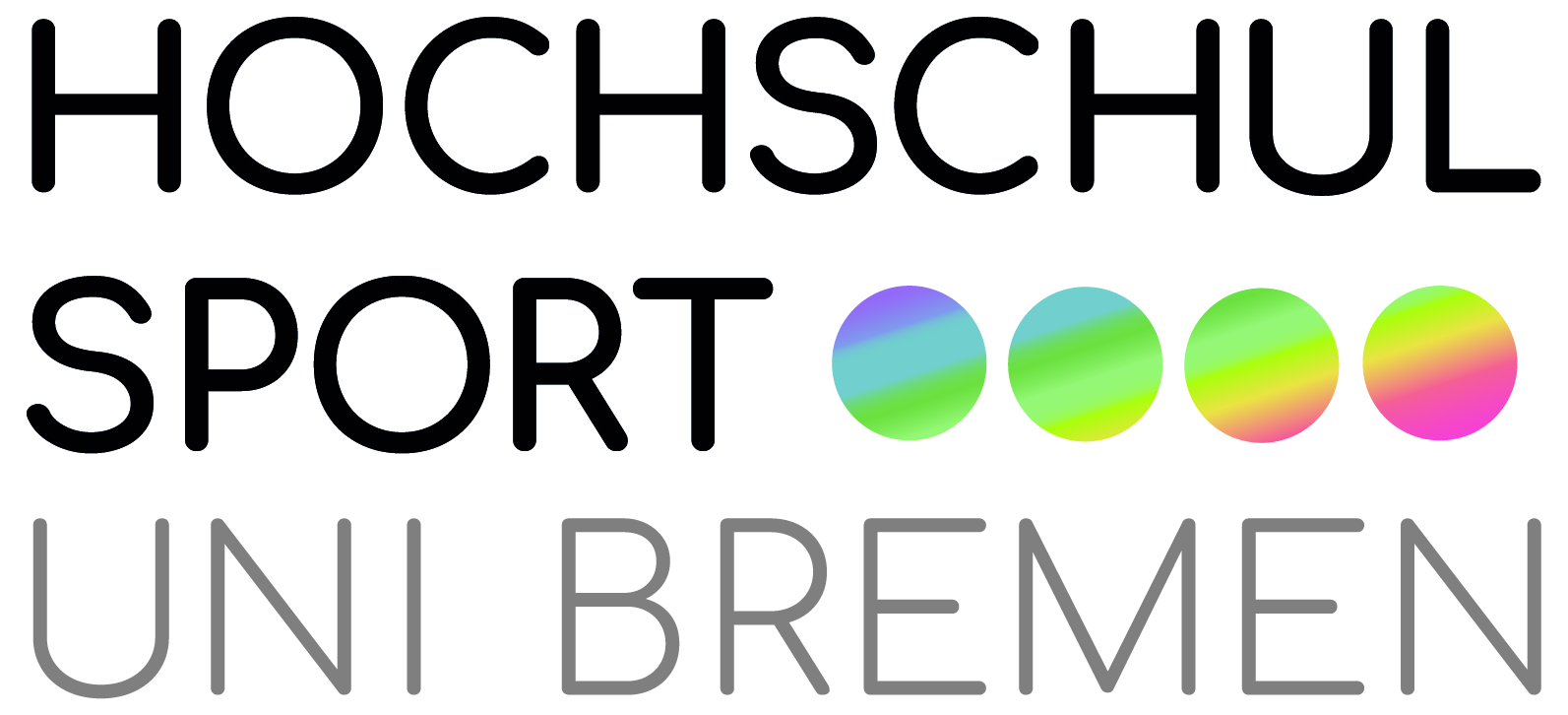A most satisfactory result for the University of Bremen: the latest Förderatlas [funding atlas] published today by the Deutsche Forschungsgemeinschaft (DFG) puts Bremen right at the top among German universities in several categories. “Bremen scholars and scientists are known for their outstanding research, which is why they so often acquire funding from the DFG”, explains Prof.Rolf Drechsler, Vice Rector for Research and Young Academics. If you put the absolute figure in relation to the number of researchers receiving the funding, then Bremen is actually on ranking position 1 in respect of DFG funding per researcher.
Steady upward trend for the University of Bremen
Until recently we spoke of funding rankings, now it is “Funding Atlas” – but no matter what it is called, the result is the same. For twenty years now the results have shown an appreciable and steady upward trend for the University of Bremen. The Funding Atlas is an overview of funding activities on the German landscape published by the DFG. The latest issue covers the reporting period 2008 – 2010; the DFG has included a report on the year 2009.
The very first DFG funding rankings appeared for the years 1991 – 1995. Since then, measured in absolute figures the University of Bremen has risen from position 32 to its current place at position 21. Here, one has to take into account that the bigger a university is, the more funding it is likely to acquire. By German standards, the University of Bremen is just a mid-sized university. On top of this, it has no faculty of medicine, which at other universities is a major recipient of third-party funding. In view of this, its high ranking in respect of absolute figures is all the more remarkable.
Compared with the rankings published three years ago (for the years 2005 – 2007), the University of Bremen has forged 4 places ahead: And this in spite of the fact that the DFG would normally expect very little change in positions from survey to survey. Another aspect is that in Bremen the share of all third-party funding acquired by the University of Bremen that comes from the DFG is unusually high: 44 % comes from the DFG, which is well-known for its particularly rigorous allocation procedures. This high quota puts the University of Bremen unequivocally among the top-ten most strongly DFG-promoted universities – a clear signal for the high quality of university research in Bremen.
A visibly clear profile
The Funding Atlas underlines the fact that the University of Bremen has been successful in sharpening its profile: Its strengths lie in the natural sciences, engineering, and the social sciences.
Whether calculated according to the number of professors or other research status groups – in the natural sciences, no other university manages to acquire such high amounts of DFG funding per researcher as Bremen. Moreover, in the especially strong area of Earth Sciences, this also applies in absolute figures: the Bremen geo-scientists are clearly at the very top, acquiring almost twice as much funding as their follower up.
Bremen may have fewer engineers than most technical universities. But the Bremen engineers with their strengths in production and materials technology are particularly successful in acquiring DFG funding. In absolute figures they occupy ranking position 9. Moreover, according to the number of professors, position 2 – and according to all personnel in the engineering sciences, position 1.
In the social and behavioral sciences, Bremen researchers are on ranking position 15; per head position 10 and 9 respectively. Here, too, the profile has been sharpened: If we take the whole DFG area of the social and behavioral sciences, Bremen is on position 4 in absolute figures. In the more narrowly defined area of the social sciences (Political Science/Sociology/Communication Science) it is once again on position 1 – even when one excludes the special excellence funding granted to the BIGSSS Graduate School.
Intensive cooperation
Cooperation is one of the University of Bremen’s keys to success – in respect of interdisciplinary cooperation beyond faculty borders, as well as cooperation with the neighboring non-university research institutions. This feature is also illustrated in the Funding Atlas: about four-fifths of the DFG funding granted to Bremen is acquired by coordinated programs and excellence collaborations – in other words, where cooperation is absolutely indispensible. This is by far the highest quota of all German universities.
Effective gender mainstreaming
Bremen is also among the front runners when it comes to gender mainstreaming and equal opportunity. First, the DFG merely counts the female quota among all professors: Bremen has the third highest quota. However, the number of female professors depends to a large extent on the spectrum of subjects offered by a university. Therefore, the DFG has now for the first time calculated what the “expected female quota” should be in dependence on its specific spectrum of subjects. In relation to all female research personnel, Bremen exceeds the expected figure more significantly than any other university – namely 39 % “real” in place of 29 % “expected” women researchers (2009).
It follows, as the Funding Atlas also clearly shows: as a mid-sized agile university, Bremen’s profile in interdisciplinary cooperation and equal gender opportunity is as ambitious as it is successful.
For further information contact:
Universität Bremen
Konrektor für Forschung und wissenschaftlichen Nachwuchs
Prof.Dr.Rolf Drechsler
Phone: +49 421 218-63932 oder -60020
e-mail: kon1protect me ?!uni-bremenprotect me ?!.de
Referat 12 – Forschung und wissenschaftlicher Nachwuchs
Dr.Achim Wiesner (Referatsleiter)
Phone: +49 421 218-60320
e-mail: achim.wiesnerprotect me ?!uni-bremenprotect me ?!.de


